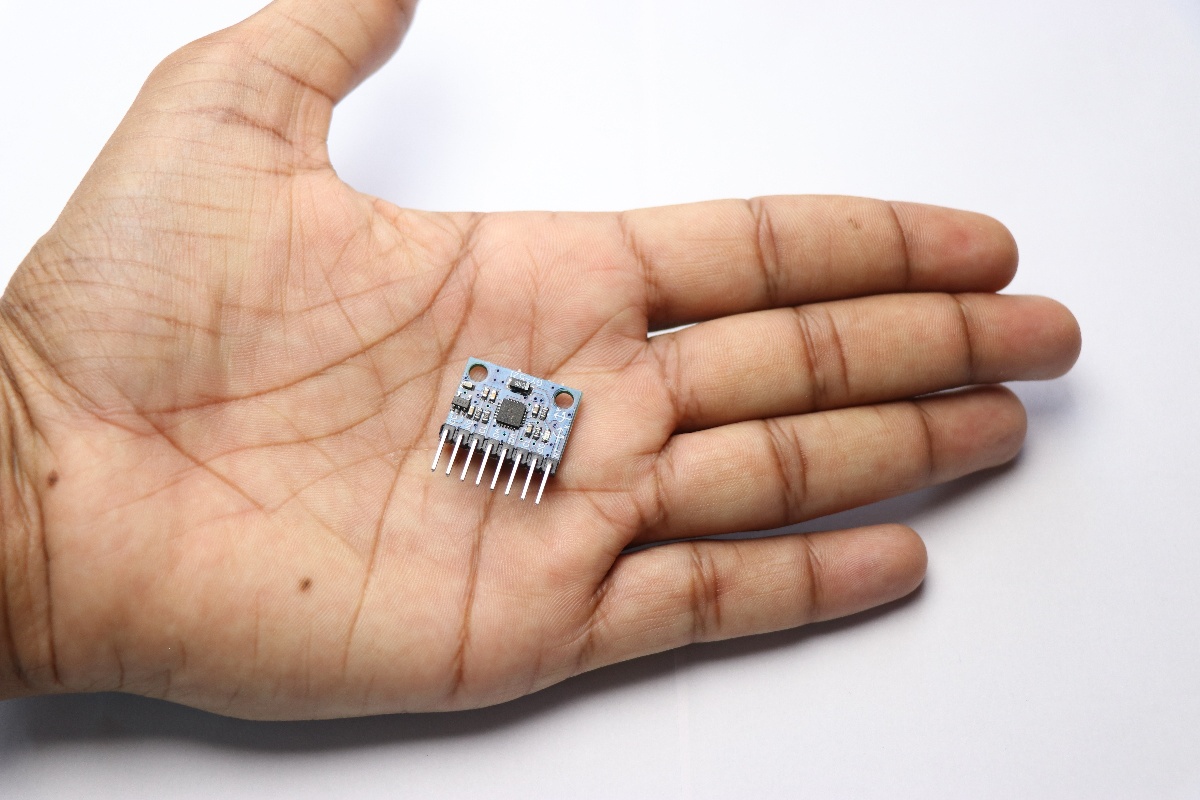
An accelerometer is a sensor that measures acceleration forces, both static (like gravity) and dynamic (caused by movement or vibration). When installed in fleet cars, it can detect the tilt or orientation of the vehicle based on these acceleration measurements. Accelerometers have many applications, including fleet management, consumer electronics, as well as industrial and automotive applications.
Car leasing companies should definitely consider accelerometer installation to track risky driving that leads to accidents. The sensors provide data to coach drivers and incentivize safe driving practices that lower costs. Monitoring acceleration and braking patterns also help fleet managers optimize routes and schedules to improve efficiency.
The Science Behind Accelerometers
Accelerometers use the principle of inertia to detect or measure the acceleration forces relative to freefall. Acceleration is the rate of change of velocity with respect to time. When a mass experiences a force that causes it to accelerate, it resists the change through inertia, and this resistance can be measured to determine the amount of acceleration.
Most accelerometers have a proof mass attached to a fixed surface by springs, and any force that makes the mass accelerate also causes it to deform the springs. The amount of spring deformation is measured using piezoelectricity, capacitance, or the piezoresistive effect to measure the applied acceleration.
Piezoelectricity relies on certain materials that generate an electric charge in response to applied mechanical stress. Capacitance measures the change in capacitance, which is the ability to store an electric charge between the proof mass and a fixed surface. The piezoresistive effect uses the change in electrical resistance of certain materials when subjected to mechanical stress.
Measuring the change brought about by the proof mass displacement using these methods helps determine the amount of acceleration applied. Therefore, when acceleration is applied, the proof mass is displaced relative to the fixed surface. This displacement is then measured using piezoelectric or piezoresistive elements to produce an electrical signal proportional to the acceleration.
What Accelerometers Can Detect
Most accelerometers are designed to measure acceleration in three angle dimensions, including up and down, side to side, and back and forth. This includes the static acceleration of gravity and dynamic acceleration from motion, shocks, or vibration. Accelerometers can measure inclination, which is the angle of orientation to the force of gravity.
They can also detect vibration through frequency and amplitude measurements, providing data on oscillatory motion. In addition, accelerometers quantify shock, the brief spike in acceleration that occurs during impact events. Collectively, these measurements of inclination, vibration, shock, and acceleration enable versatile and insightful data collection.
Fleet managers can then use collated accelerometer data to monitor driver behavior, detect hard braking or acceleration events, and ensure safe vehicle operation. These insights into driving habits can help reduce risks and related fleet expenses from traffic violations, increased fuel consumption, and higher probability of accidents.
Leveraging Accelerometer Data in Fleet Management
Accelerometers installed in fleet vehicles measure forces on three axes to detect events like hard braking, risky acceleration and turns. Fleet managers today increasingly use accelerometer data collected from telematics systems to enhance safety, efficiency, and cost management.
The insights from accelerometer technology are transforming fleet management as they can also help optimize routing and scheduling by tracking idling times, speeds, and routes taken. Identifying high-risk driving behaviors through accelerometer data allows fleet managers to provide targeted coaching to reduce accidents and liability costs.
Key Takeaways
Fleet managers now have a powerful new tool for enhancing safety, efficiency, and cost control through leveraging accelerometer data collected from connected vehicles. With the insights it provides, accelerometer technology is transforming fleet management practices—this is where Wilmar Inc. comes in.
We offer comprehensive fleet management services to help clients leverage accelerometer data for improved safety, efficiency, and cost savings. Our fleet analysis identifies high-risk driving behaviors, while fleet selection and management solutions optimize routing and maintenance. Contact us today to learn how we can help your business maximize the benefits of accelerometer technology.








